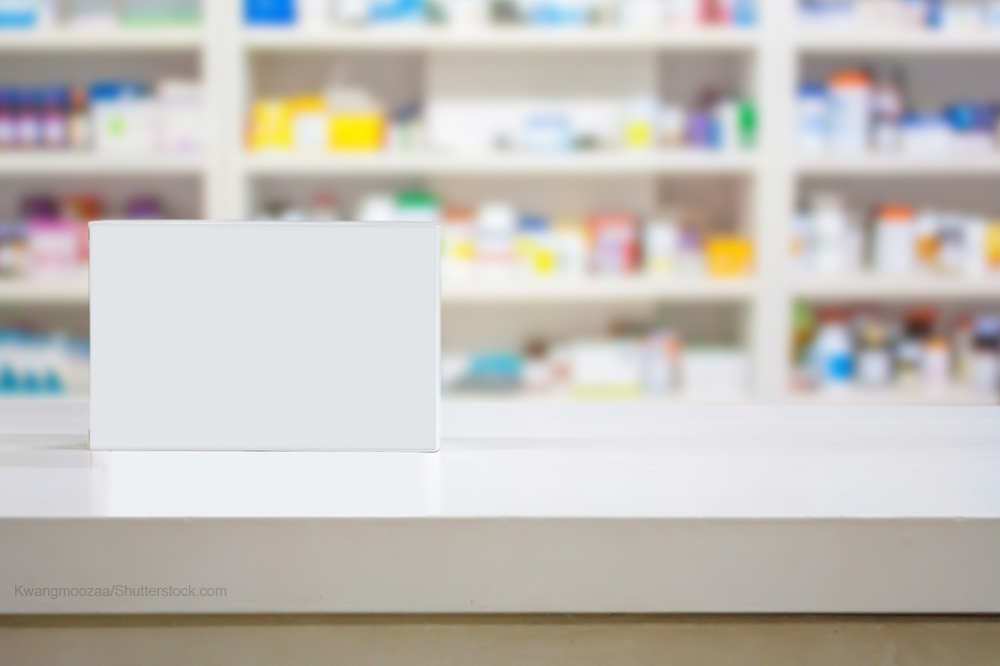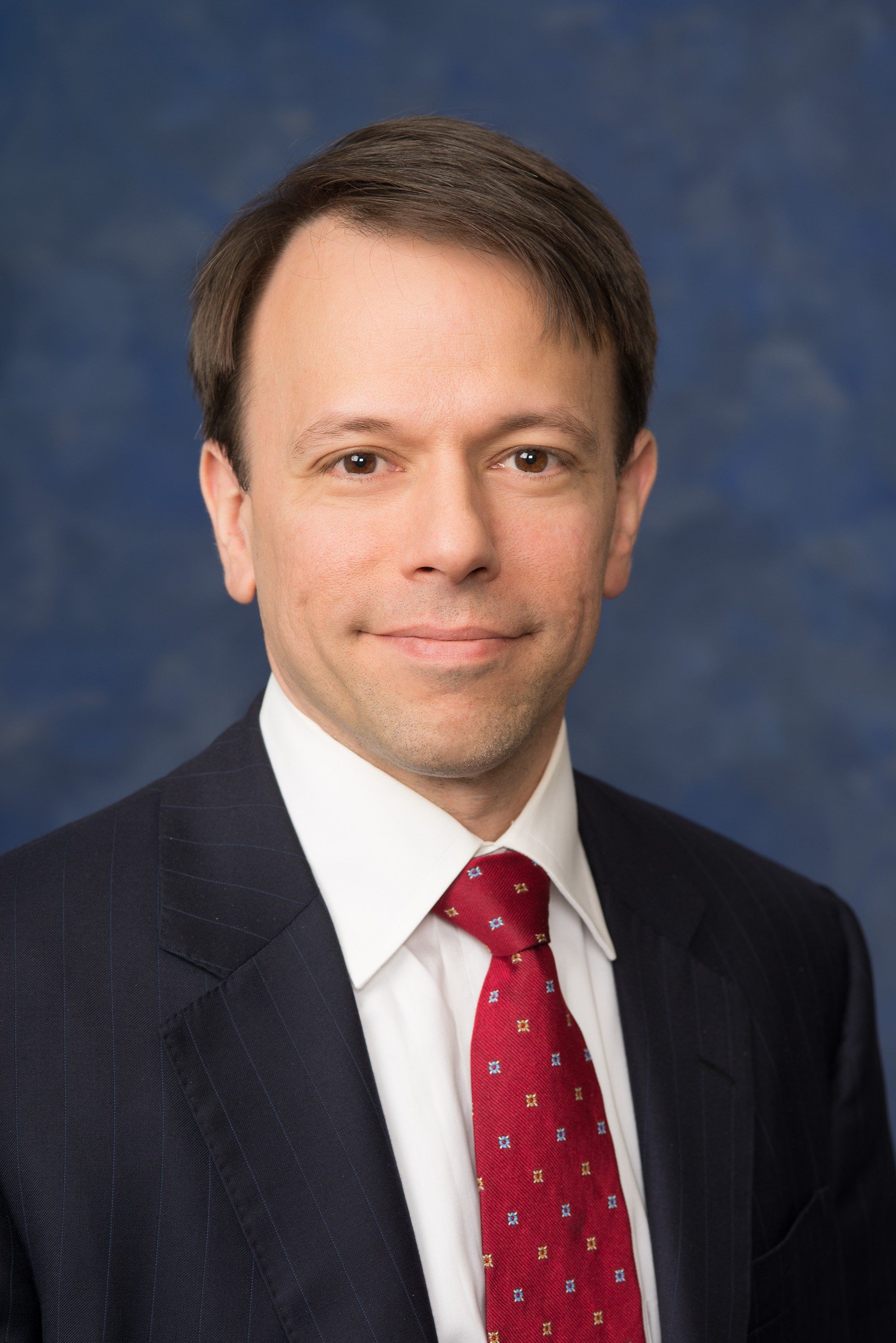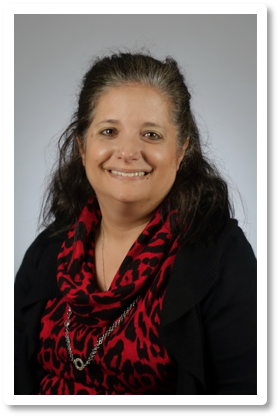Four Biosimilar Growth Opportunities to Watch
The value and benefits of biosimilars are increasingly becoming more apparent. Here are four areas where they are growing the most.

Kunze

Ginestro

Tharp

Rubin

The value and benefits of biosimilars are increasingly becoming more apparent, according to experts.
“Biosimilar growth will lead to a more competitive market, price decreases for payers and improved access to treatment for patients,” says April M. Kunze, PharmD, senior director, Clinical Formulary Development and Trend Management Strategy, Prime Therapeutics. “That said, physicians need to prescribe biosimilars more to help increase their market share in comparison to brands.”
Biosimilars will experience growth, but it will largely be driven by each category and what the original brand drug makers do as the patents expire and how crowded the categories become, according to Mark Ginestro, a principal at KPMG Strategy who works with life sciences companies.
“Some segments have become very competitive, particularly TNF-inhibitors used for rheumatoid arthritis, Crohn’s disease and other autoimmune disorders,” Ginestro says. “Broadly speaking, the makers of biosimilars had expectations that they’d be able to sell their products 15% to 30% below the brand name manufacturers price, but this discount is dependent on a myriad of market factors including but not limited to the position of the brand, the competitiveness of the current market, the number of biosimilar competitors, and the patient/physician pathway and experience.”
This being said, demand for biosimilars could be high, as health plans look to steer patients that way, according to Ginestro. “However, originators of the drugs have largely recouped the costs of developing the products so there is a lot of pricing flexibility on their part that could keep certain therapeutic categories competitive.”
Globally, biosimilars will experience robust growth, according to Louis Tharp, executive director and cofounder of Global Healthy Living Foundation, a patient-centered non-profit organization whose mission is to improve the quality of life for people with chronic illness, and CreakyJoints, a digital community and advocacy organization for arthritis patients and caregivers.
However, Tharp says that in the U.S, growth is not guaranteed because of the purchasing and distribution system for infused as well as injectable and auto-injected drugs.
“The presence of middlemen such as PBMs and payers, as well as the buy-and-bill system for infused drugs create odd incentives, almost all of which work against biosimilar uptake,” Tharp says. “Once the U.S. system is sorted out, either voluntarily, or because it implodes at some point, opportunities for biosimilars open up. The U.S. biosimilar market is a long-term bet, additionally disadvantaged by the fact that innovator biologics have the flexibility to meet or beat any price when price is an issue, and meet or beat any rebate plan because they already have the volume.”
Approved biosimilars
There are currently 14 biosimilars approved in the U.S. for eight originator products. Of the 14 approvals, only six of the biosimilars have launched:
- Zarxio and Nivestym, biosimilars to Neupogen
- Fulphila, biosimilar to Neulasta (with Udenyca expected to launch shortly)
- Inflectra and Renflexis, biosimilars to Remicade
- Retacrit, the biosimilar to Epogen/Procrit
The remaining approvals cannot launch due to ongoing patent litigation, according to Kunze.
Related: Formulary Management for Biosimilars: 4 Payer Challenges
“Biosimilar launches have stimulated competition in the market, reducing the price of the brand products through increased rebates and other contracting strategies,” Kunze says. “Biosimilars are typically less expensive than the reference biologic. Competition saves payers and members money, and increases access and choice for patients and clinicians.”
The biosimilars that are approved and launched are mainly adjudicated on the medical benefit; therefore, average wholesale pricing (ASP) strategies are in place which take time to equilibrate and require physicians and health systems to adopt biosimilar strategies and negotiate best prices. Prime Therapeutics has worked closely with our health plans to outline the various pricing strategies and proposed strategies to support biosimilar growth, according to Kunze.
The FDA has the Totality of Evidence” standard to review clinical efficacy, molecular similarities, and tolerability of biosimilars to ensure their equivalence. “Given the rigorous FDA review to determine there are no clinically meaningful differences between the reference product and their biosimilars, many payers will consider them interchangeable,” she says.
The FDA has published numerous articles on biosimilars in addition to other resources, according to Kunze. “Payers and manufacturers also have information available to help prescribers and pharmacists better understand biosimilars,” she says.
Four areas to watch
Given that, there is foreseen growth in these four areas:
- Oncology. Oncology biosimilars (e.g., Rituxan and Herceptin), when launched, will have the potential to compete against the originator products and help mitigate costs, especially in the medical benefit, according to Kunze.
Supportive care-care that focuses on relieving symptoms caused by cancer-will see additional growth in the biosimilar space, according to Julie Rubin, director of clinical services for CompleteRx, a pharmacy management consultancy headquartered in Houston.
For the past decade, there have been three red blood cell (RBC stimulators on the market with no competition: the short-acting epoetin alfa (marketed as Epogen and Procrit) and the long-acting darbepoetin alfa (Aranesp). The recent launch of Retacrit, the biosimilar to epoetin alfa-epbx, has paved the way for other biosimilar RBC stimulators to also make a play for a piece of this significantly large market.
“Accordingly, I would expect to see those enter the scene quite soon,” Rubin says.
“In something of a parallel, filgrastim is a long-acting white blood cell stimulator, and Neulasta is the well-established brand name drug that fills this role,” Rubin says. “The first biosimilar to filgrastim-jmdb, Fulphila, has just launched, after years of discussion, and another biosimilar, Udenyca, has recently received FDA approval.”
- Diabetes. “When it comes to generic biosimilars of insulin, this is a market for a condition affecting approximately 30 million Americans,” says Ginestro.
“This sector is already a very competitive branded market where several brands are competing with similar products,” Ginestro says. “As such, the branded drugs are not as high priced as some of the other branded products where previous biosimilars were launched. As biosimilars come into this market, the market may behave more like simply one of another branded competitor on the market. In order to get access, biosimilars may need to discount more significantly to get access and there may also be a more aggressive reaction by existing players.”
Basaglar (insulin glargine injection) was approved by the FDA as the first follow-on biologic indicated to control high blood sugar in adults and children with type 1 diabetes and adults with type 2 diabetes, under Section 505(b)(2) of the Food Drug and Cosmetic Act.
Most of the competition in the insulin space is using the 505(b)(2) pathway, according to Kunze.
- Gastroenterology. “I think legal battles will come to an end and biosimilar alternatives to Enbrel and Humira will finally be released,” Rubin says. “In fact, one such biosimilar, adalimumab-adaz, has just received FDA approval, and another approval is expected shortly.”
- Autoimmune conditions. “We’re closely monitoring uptake in treatment of arthritis, psoriasis, Crohn’s disease, and other chronic conditions,” Tharp says. “But, any therapeutic area with a biosimilar that reduces copay, deductible, or premiums, will get the attention of patients. [To date,] any savings are swallowed up by insurers, PBMs, employers, or the systems such as Medicare, Medicaid, and the VA. When patients share in the savings, as they do with generic drugs, demand will dramatically increase. So far, this isn’t the case.”
According to Kunze: “As we see patents expire and drugs launch under the pharmacy benefit (e.g., Humira and Enbrel in the autoimmune space), payers will be able to use more traditional levers-such as utilization management programs-to increase the use of biosimilar products,” she says. “However, payers and patients will need to be educated on the similarity of biosimilars to help promote their use over the originator products. FDA interchangeability designation will also help promote the use of biosimilars.”
This week on Tuning Into The C-Suite Briana Contreras spoke with Dr. Scott Hayworth, president and CEO of New York-based CareMount Medical. In this interview, the two discussed the importance of patients staying in contact with their doctors for the sake of reducing public health risks and to discuss ongoing care options with them.
Listen
Eric Levin talks PBMs and how Scripta is Tackling the Market's Challenges for Patients
July 22nd 2020MHE's Briana Contreras spoke with CEO of Scripta, Eric Levin. The two discussed the current state of the pharmacy benefit market and how the Scripta organization has been assisting its clients and their prescriptions prior to the COVID-19 pandemic and during.
Listen